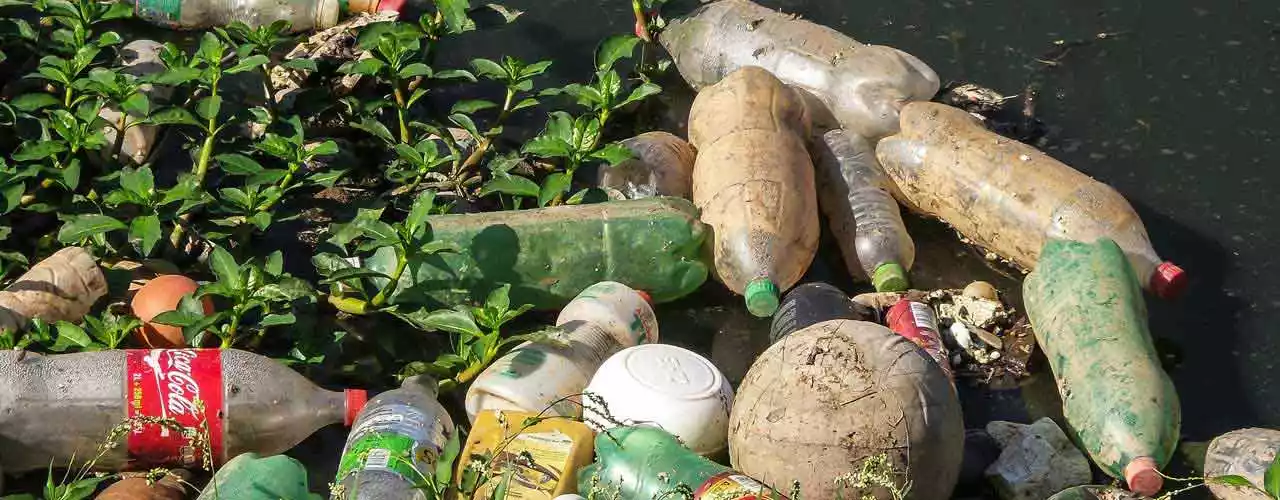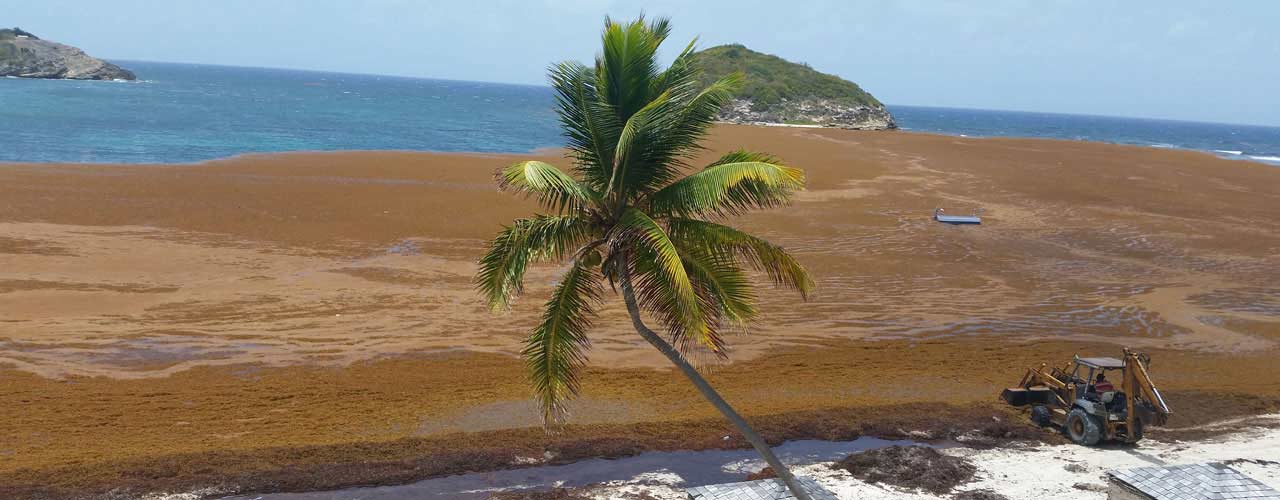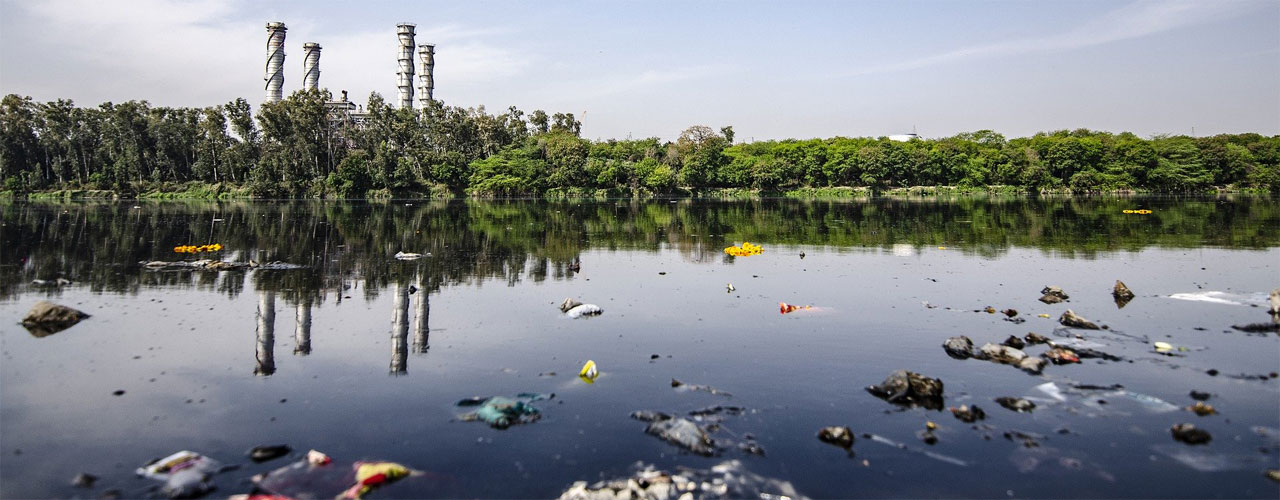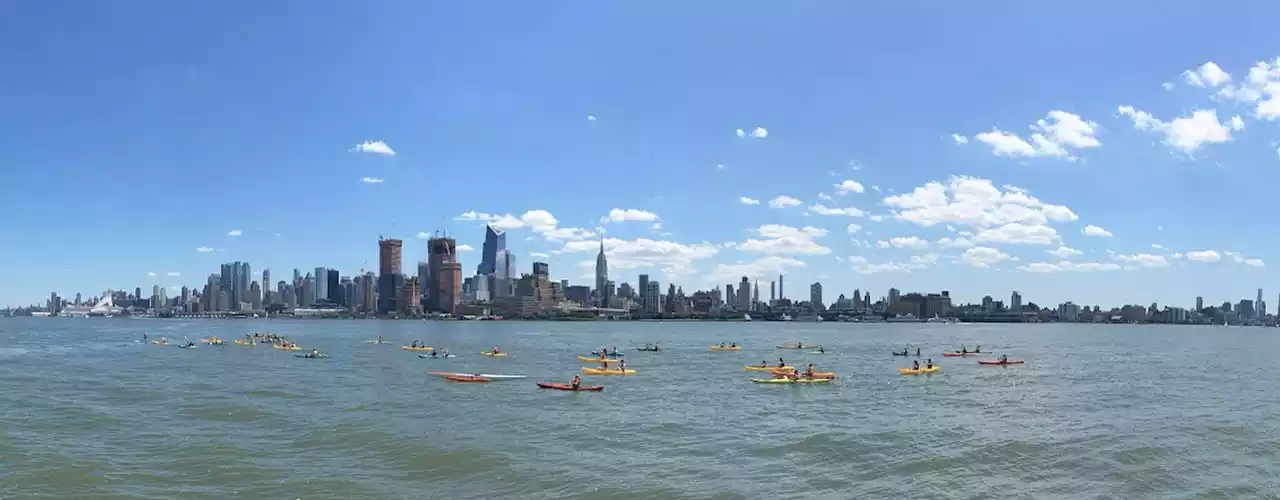Sediment pollution happens when soil, silt, or debris enters waterways, often from erosion or construction sites. Cloudy, sediment-filled water can block sunlight, harm plant life, clog fish gills, and degrade habitat quality. Sediment also makes water difficult to treat for drinking. Tools like turbidity curtains and floating barriers are effective solutions for containing sediment pollution.
Read More
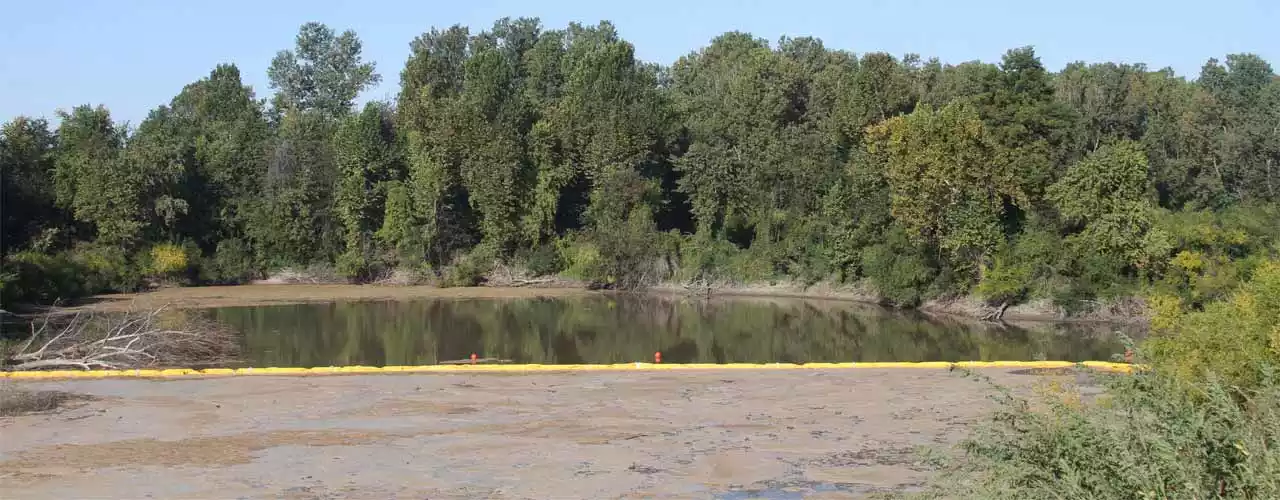
Call us at 1-863-261-8388 for a free consultation or Contact Us online to speak with one of our knowledgeable product specialists.
Get a Quote
Where Does Water Pollution Occur?
Unfortunately, water pollution can happen in any body of water. From small ponds to major rivers and lakes, no water source is completely immune. The most common affected locations include:
- Lake Pollution: Commonly caused by nutrient pollution, algal blooms, and invasive aquatic plants. Floating boom can help contain these issues.
- River Pollution: Sediment pollution and floating debris are major concerns in rivers, which also face erosion from fast-moving water. River boom helps capture and control pollutants.
Effects of Water Pollution
Unchecked, the effects of water pollution can be severe. Common impacts include:
- Contaminated drinking water
- Harm to aquatic life and ecosystems
- Plastic ingestion by wildlife
- Oxygen-depleted, lifeless water bodies
- Clogged waterways, harming navigation and recreation
Thankfully, the right tools and solutions can prevent or mitigate many of these effects.
Solutions to Prevent & Control Water Pollution
Choosing the best solution depends on the pollution type, waterbody, and local conditions. Here are proven tools and methods:
Used to control floating debris, trash, and invasive plants. Options include calm water boom, moving water boom, and offshore-rated boom.
Help prevent sediment, debris, and plastics from entering waterways via street drains. Available in various styles: over-grate, under-grate, gutter guards, catch basin inserts, and more.
Perfect for marinas and harbors. Devices like the Seabin pull in polluted water, capture plastics and debris, and return clean water to the area.
Frequently Asked Questions (FAQ)
What are the causes of water pollution?
The causes of water pollution include sediment runoff from erosion, plastic litter, nutrient pollution from agriculture, industrial waste, and natural causes like stormwater. These contaminants degrade water quality and harm the environment.
What are some solutions to water pollution?
Key solutions include using containment boom, installing storm drain filters, and deploying floating trash skimmers. These tools help capture pollutants and prevent further contamination of rivers, lakes, and oceans.
How can you prevent water pollution?
Start by being mindful of everyday pollutants, such as oil, chemicals, and litter, that can wash into storm drains. Support community efforts to manage erosion and protect local waterways. And consider advanced containment tools like boom and skimmers for larger-scale pollution control.
Water pollution is a challenge we all must address, but with the right tools and knowledge, we can make a difference. If you're looking for expert advice on water pollution solutions or need custom containment products, contact us today. We're here to help you protect our water resources.
Call us at 1-863-261-8388 for a free consultation or Contact Us online to speak with one of our knowledgeable product specialists.
Get a Quote


